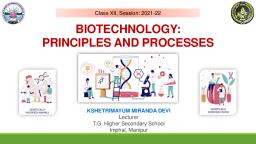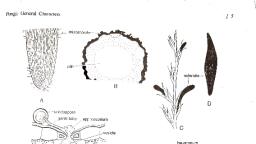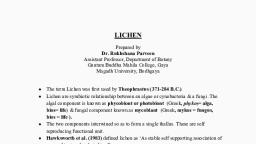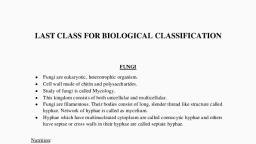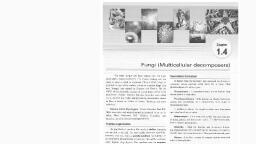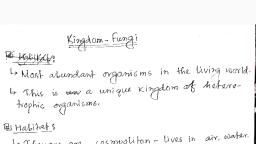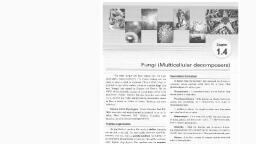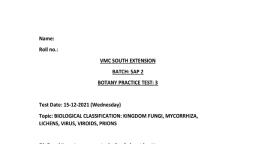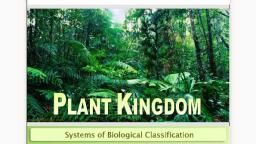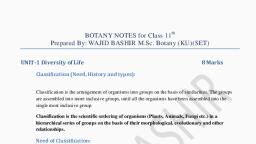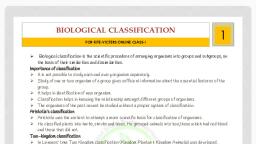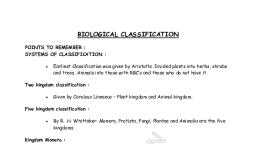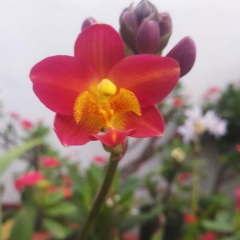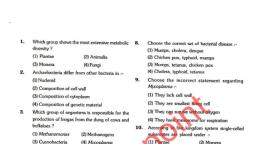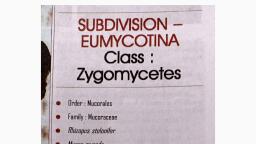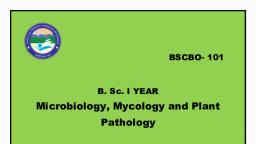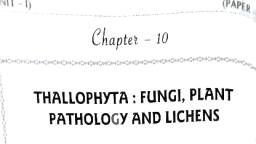Page 2 :
Mode of Nutrition, Parasites: They usually obtain their food from a living, host. A parasite could be facultative or obligate. The, obligate parasites survive and settle on a living host, throughout their life. The facultative parasites are, saprophytes that have turned parasitic., Saprophytes: These organisms procure their nutrition, from dead and decaying organic matter., Symbionts: Some fungi develop in symbiotic, association with the green or blue-green algae. These, constitute the lichen. Here the algal component is, photosynthetic. While the fungal component plays the, reproductive part.
Page 3 :
Reproduction, The fungi either reproduces vegetatively, asexually or, sexually:, Vegetative Reproduction, 1) Fragmentation: Some forms belonging to, Ascomycotina and Basidiomycotina multiply by breakage, of the mycelium., 2) Budding: Some unicelled forms multiply by budding., A bud arises as a papilla on the parent cell and then after, its enlargement separates into a completely independent, entity., 3) Fission: simple reproduction method which involves, mitosis followed by the splitting of a parent individual
Page 4 :
Asexual Reproduction, 1) Sporangiospores: These are thin-walled, nonmotile spores formed in a sporangium. They may, be uni-or multinucleate. On account of their, structure, they are also called as aplanospores., 2) Zoospores: They are thin-walled, motile spores, formed in a zoosporangium., 3) Conidia: In some fungi, the spores are not, formed inside a sporangium. They are born freely, on the tips of special branches called, conidiophores. Thus, these spores are conidia.
Page 5 :
Sexual reproduction:, With the exception of Deuteromycotina (Fungi, imperfecti), we find sexual reproduction in all groups of, fungi., Sexual reproduction by oospores, ascospores and, basidiospores produced in fruiting bodies., Sexual reproduction involve 3 steps:, i) Plasmogamy (Fusion of protoplasmas), ii) Karyogamy (Fusion of two nuclei), iii) Meiosis in zygote resulting in haploid spores., Dikaryophase is a condition of having dikaryon in an, intervening dikaryotic stage (n+n i.e. two nuclei per cell), between plasmogamy and karyogamy.
Page 6 :
Classification of Fungi, Phycomycetes, Aquatic habitat and on decaying wood in moist and, damp places., The mycelium is aseptate and coenocytic., Asexual reproduction takes place by zoospores (motile), or by aplanospores (non-motile)., The sexual spores are known as zygospores.
Page 7 :
Ascomycetes, , –, , They are also called as sac fungi., They can be coprophilous (growing on dung),, decomposers, parasitic or saprophytic., The sexual spores are called ascospores., Asexual reproduction occurs by conidiospores., Example – Saccharomyces
Page 8 :
Basidiomycetes, Mushrooms are the most commonly found, basidiomycetes and mostly live as parasites., Sexual reproduction occurs by basidiospores., Asexual reproduction occurs by conidia, budding or, fragmentation., Example- Agaricus,Ustilago, Deuteromycetes, They are otherwise called imperfect fungi as they do not, follow the regular reproduction cycle as the other fungi., They do not reproduce sexually., Asexual reproduction occurs by conidia., Example – Trichoderma.
Page 9 :
Viruses, Viroids, Prions and Lichens, , Viruses
Page 13 :
Lichens

